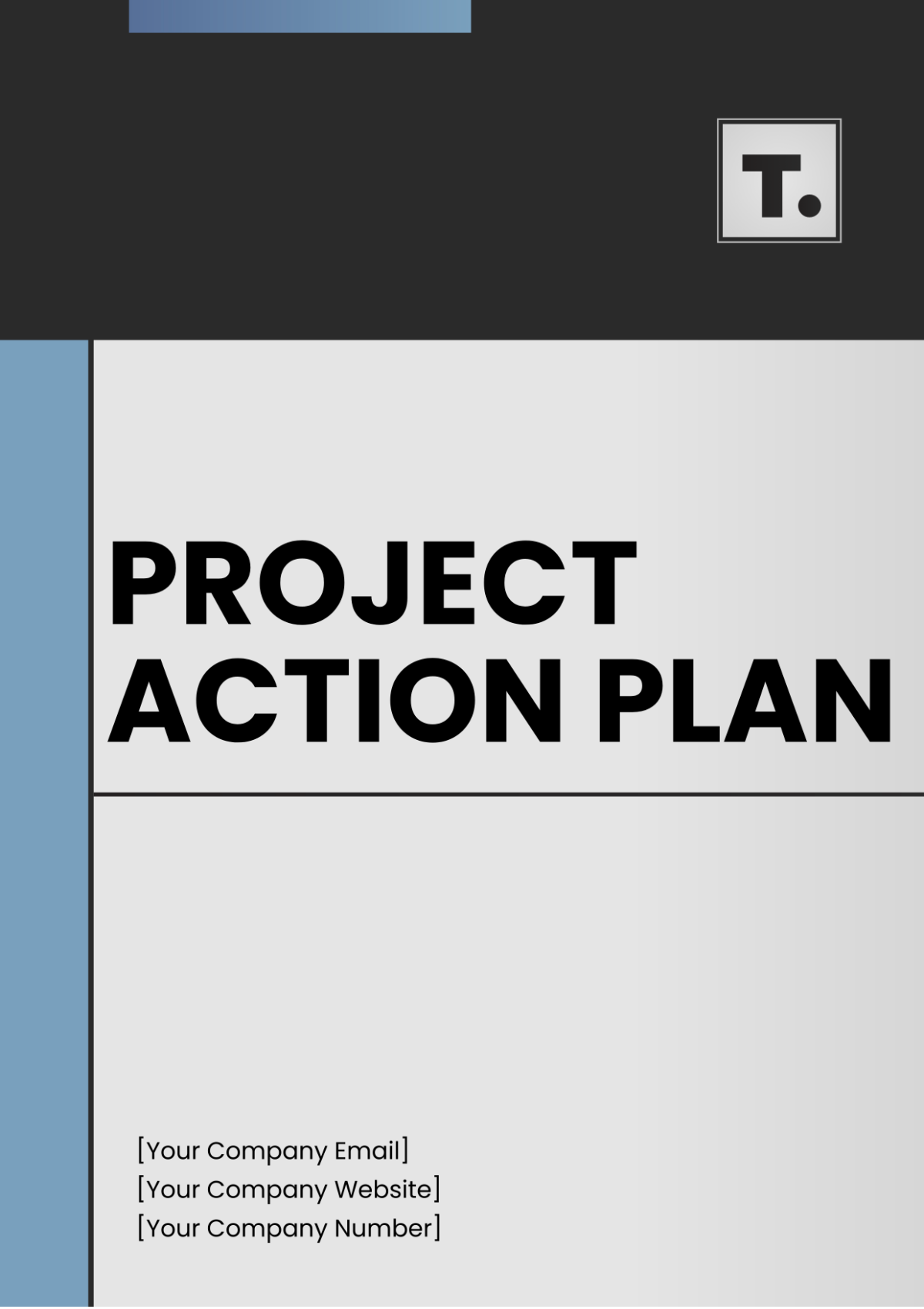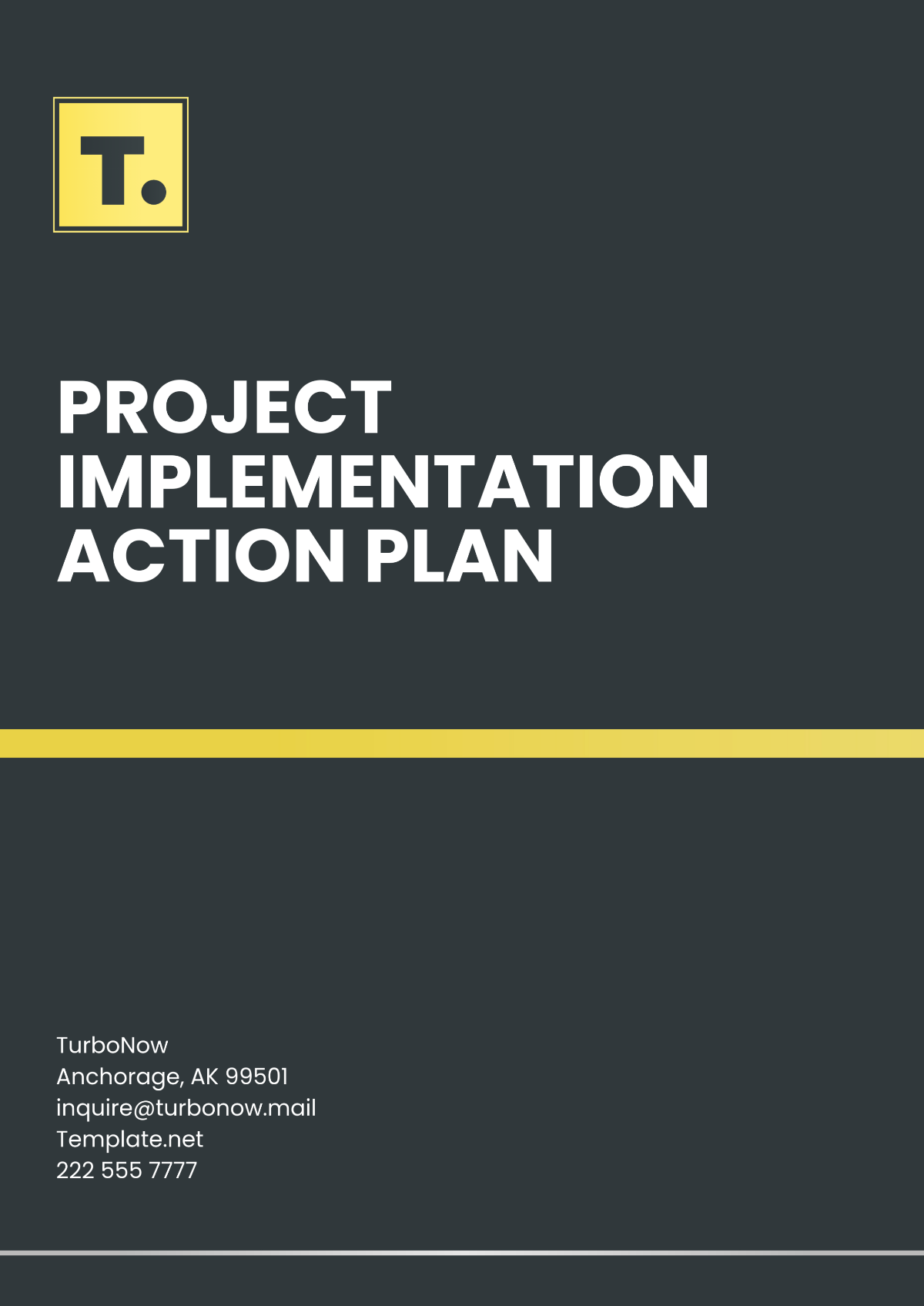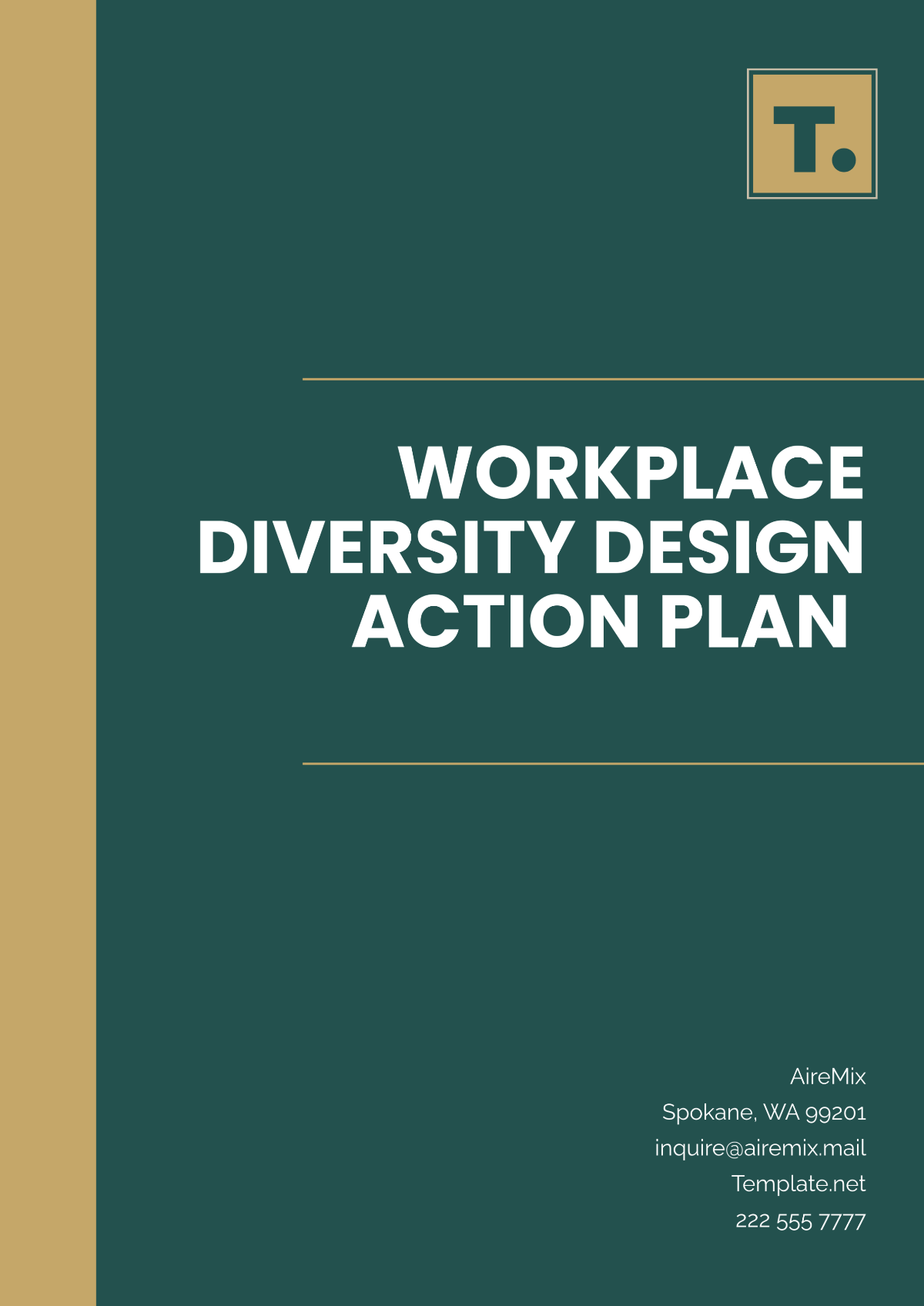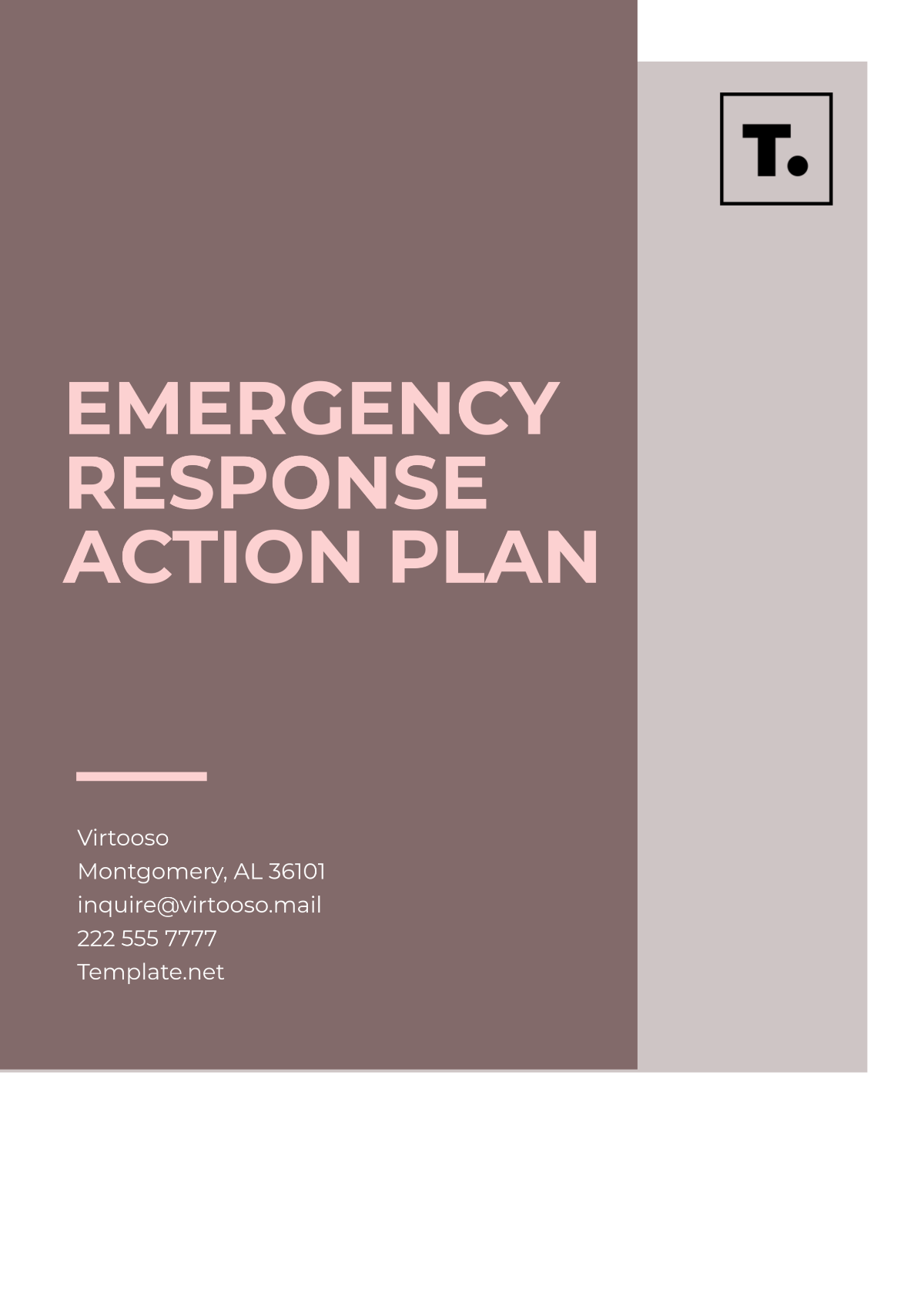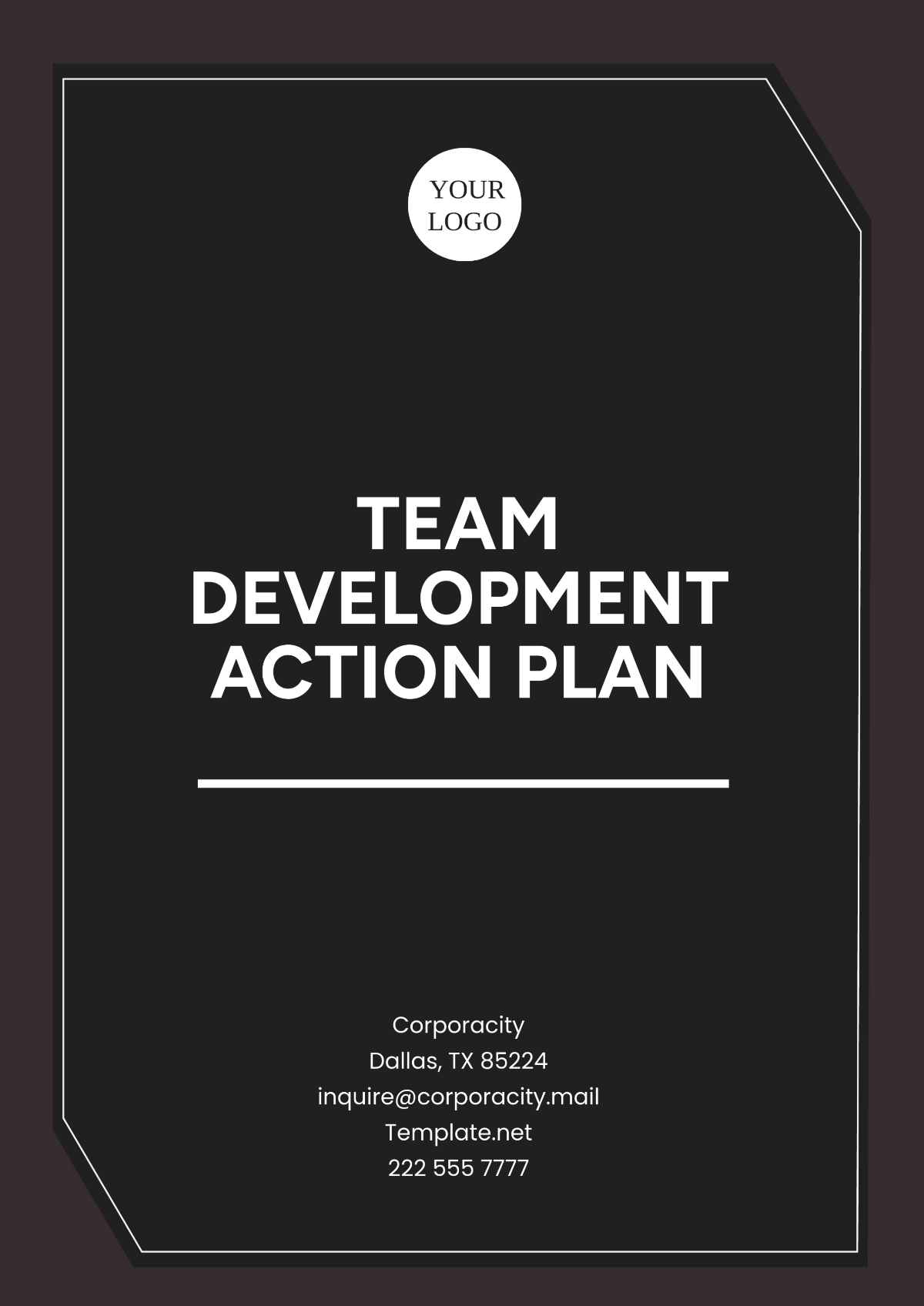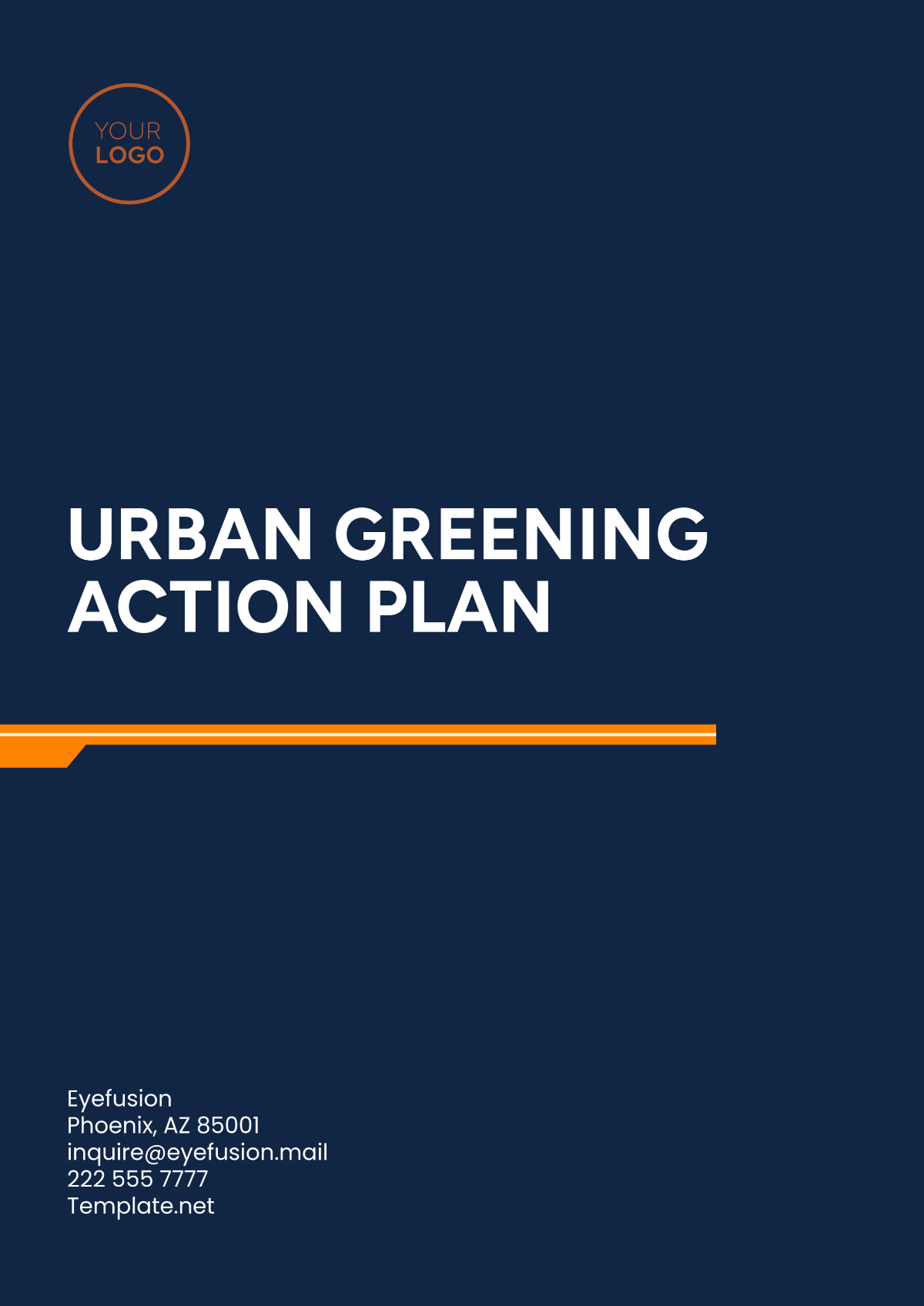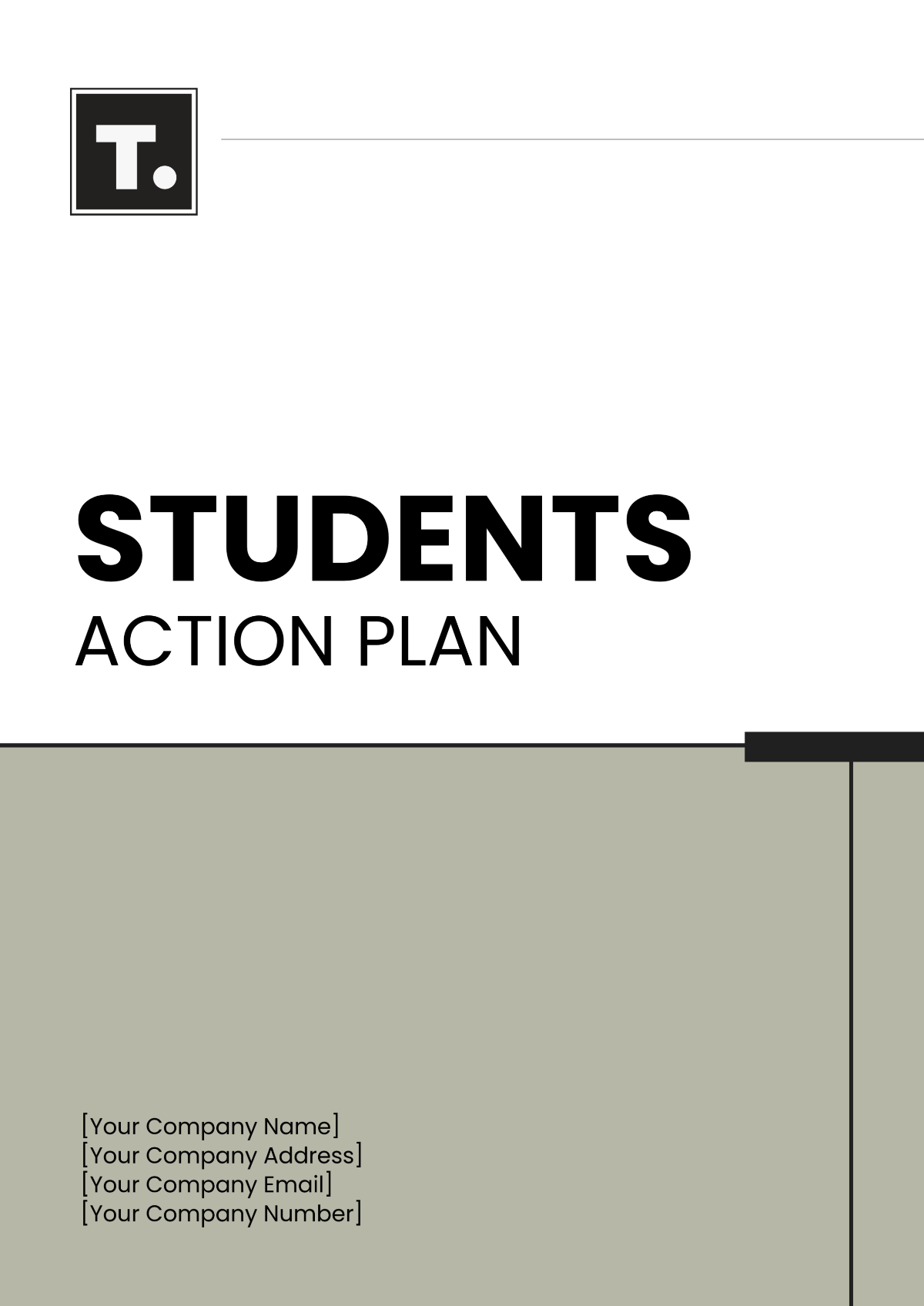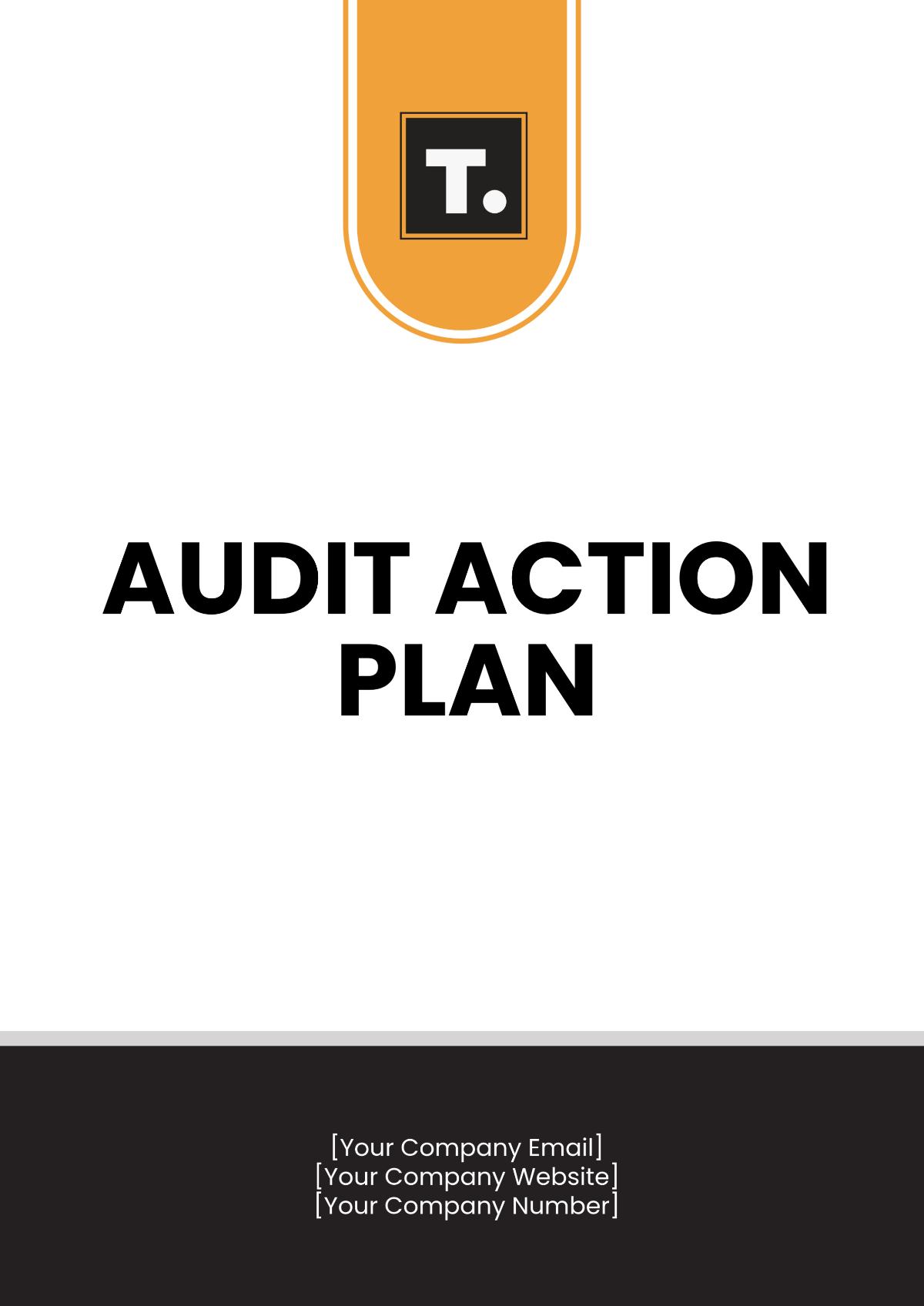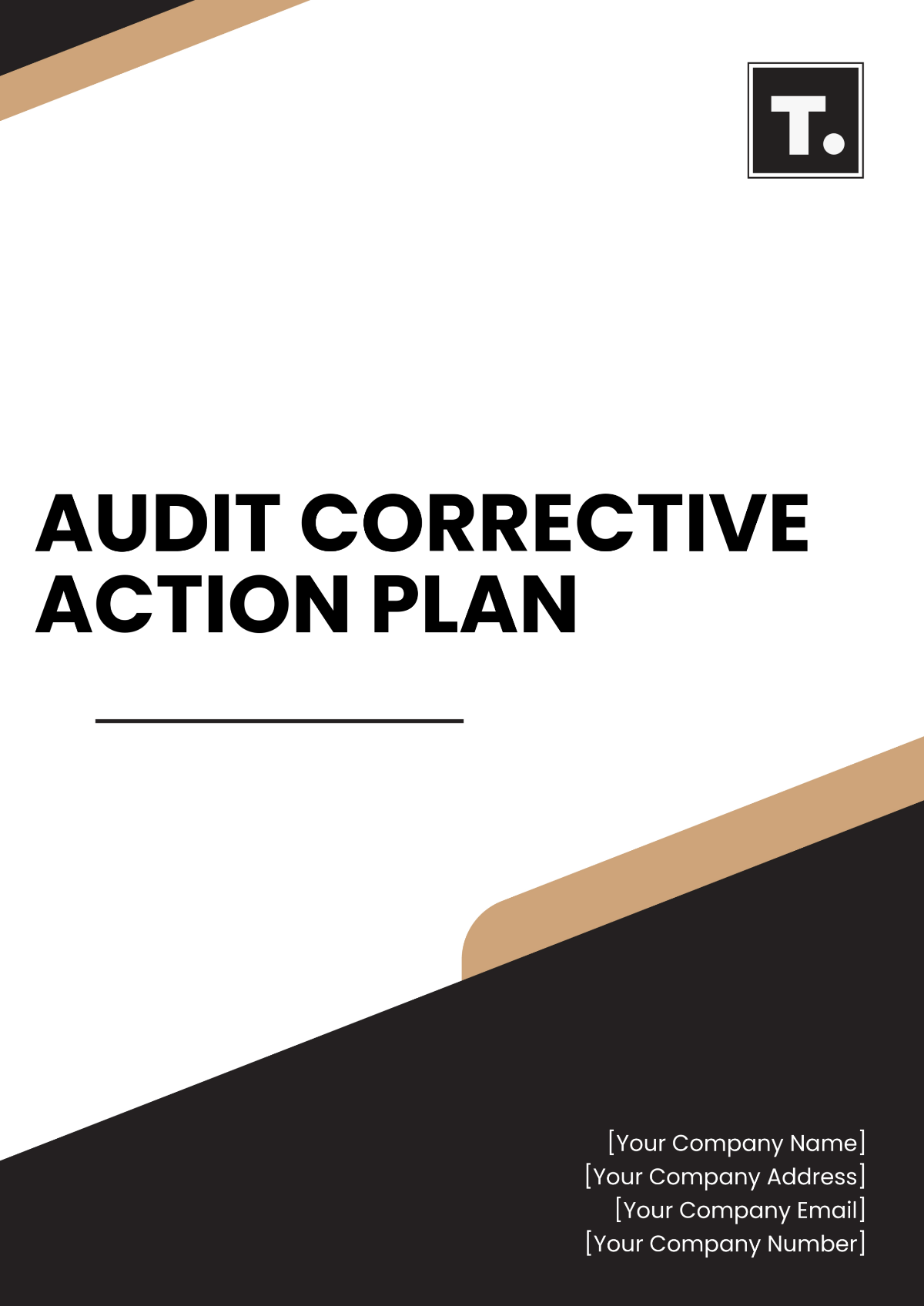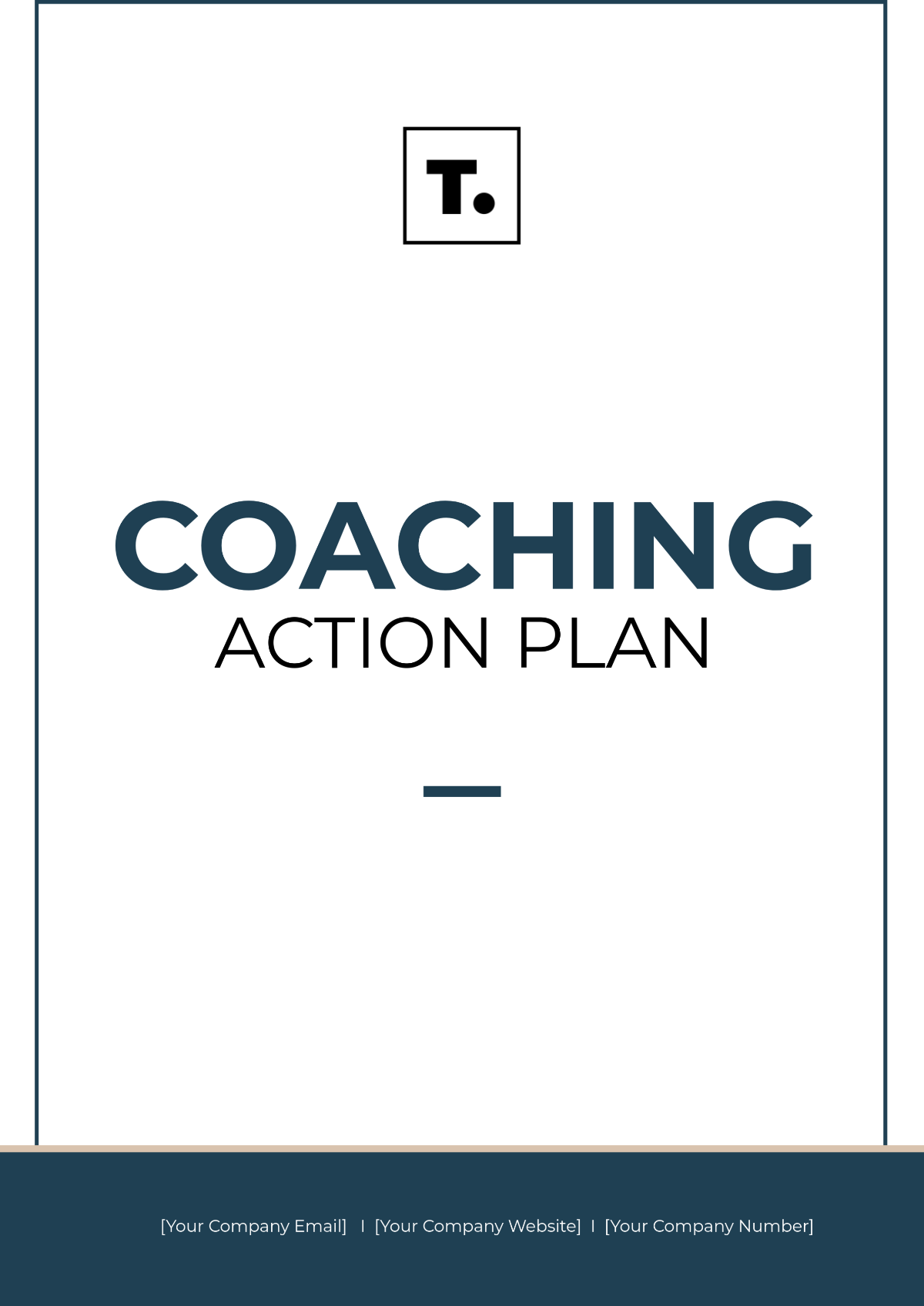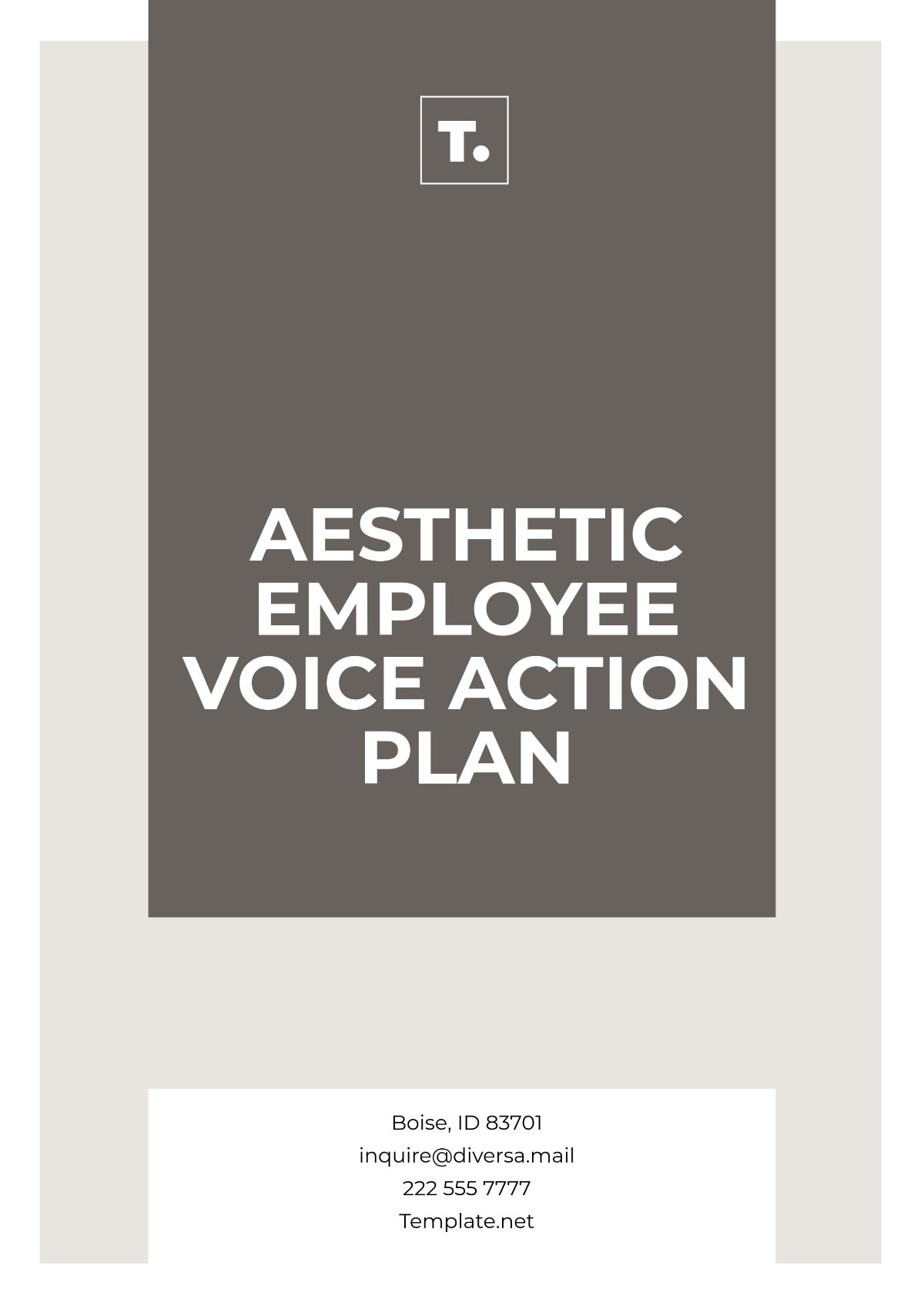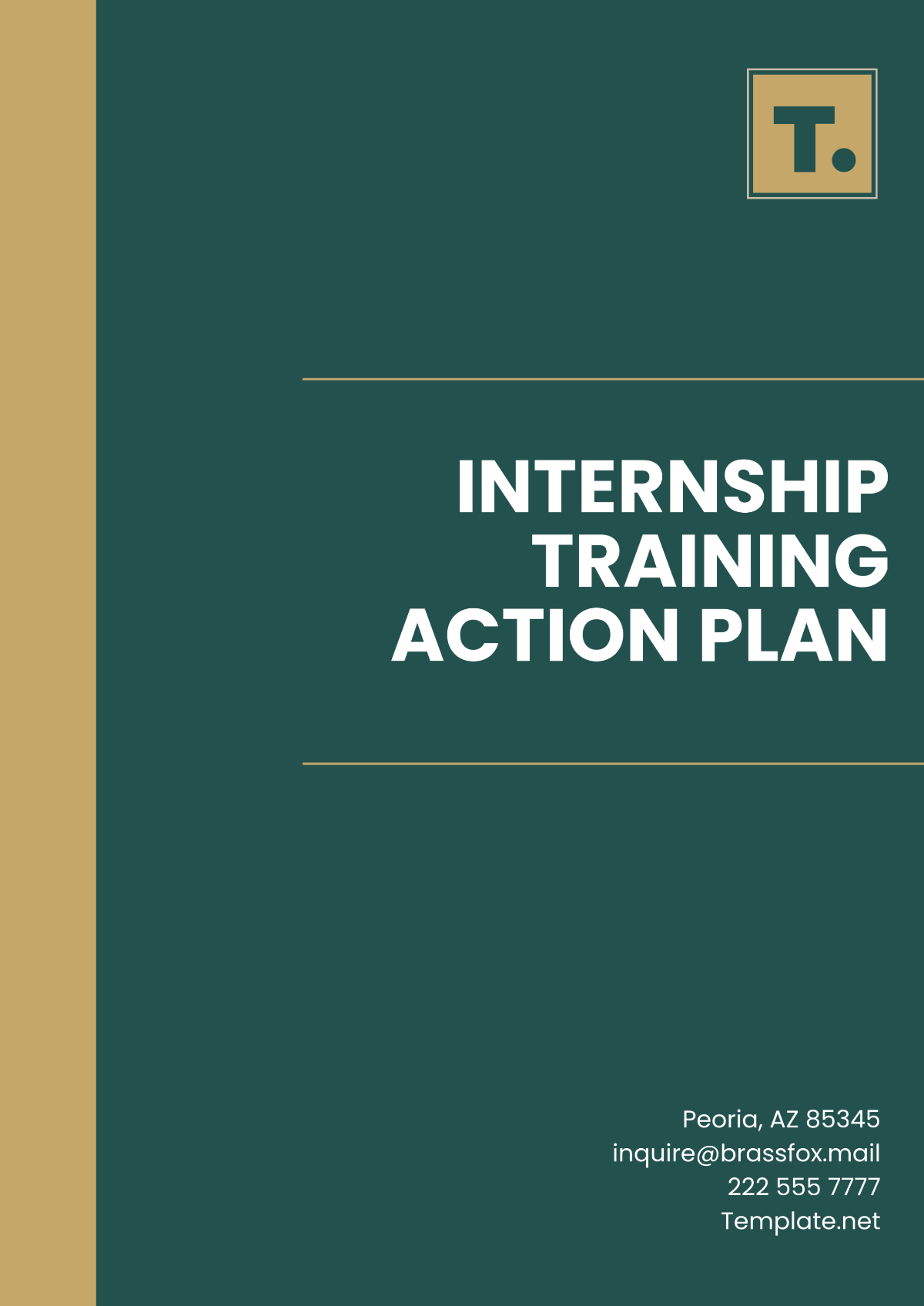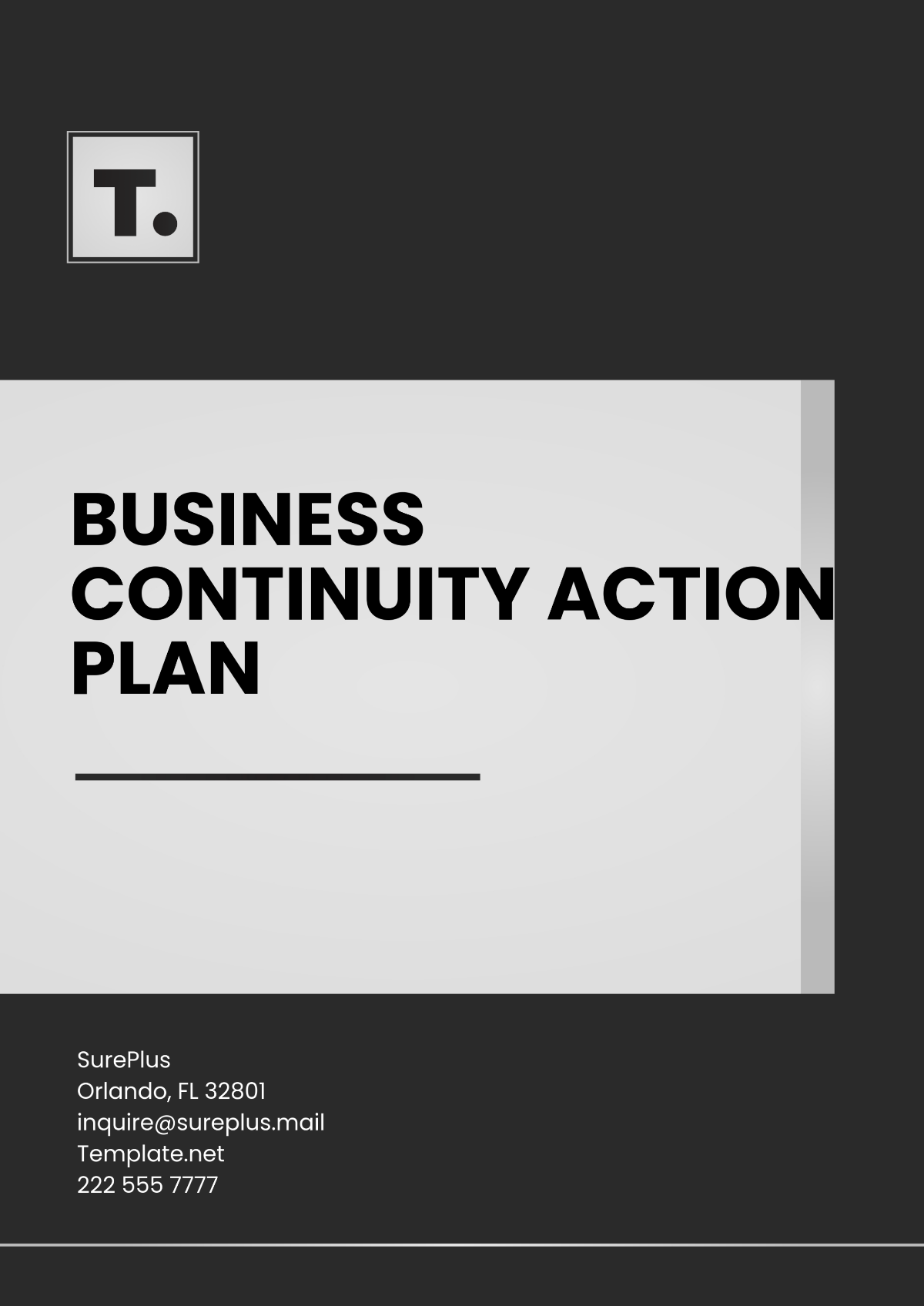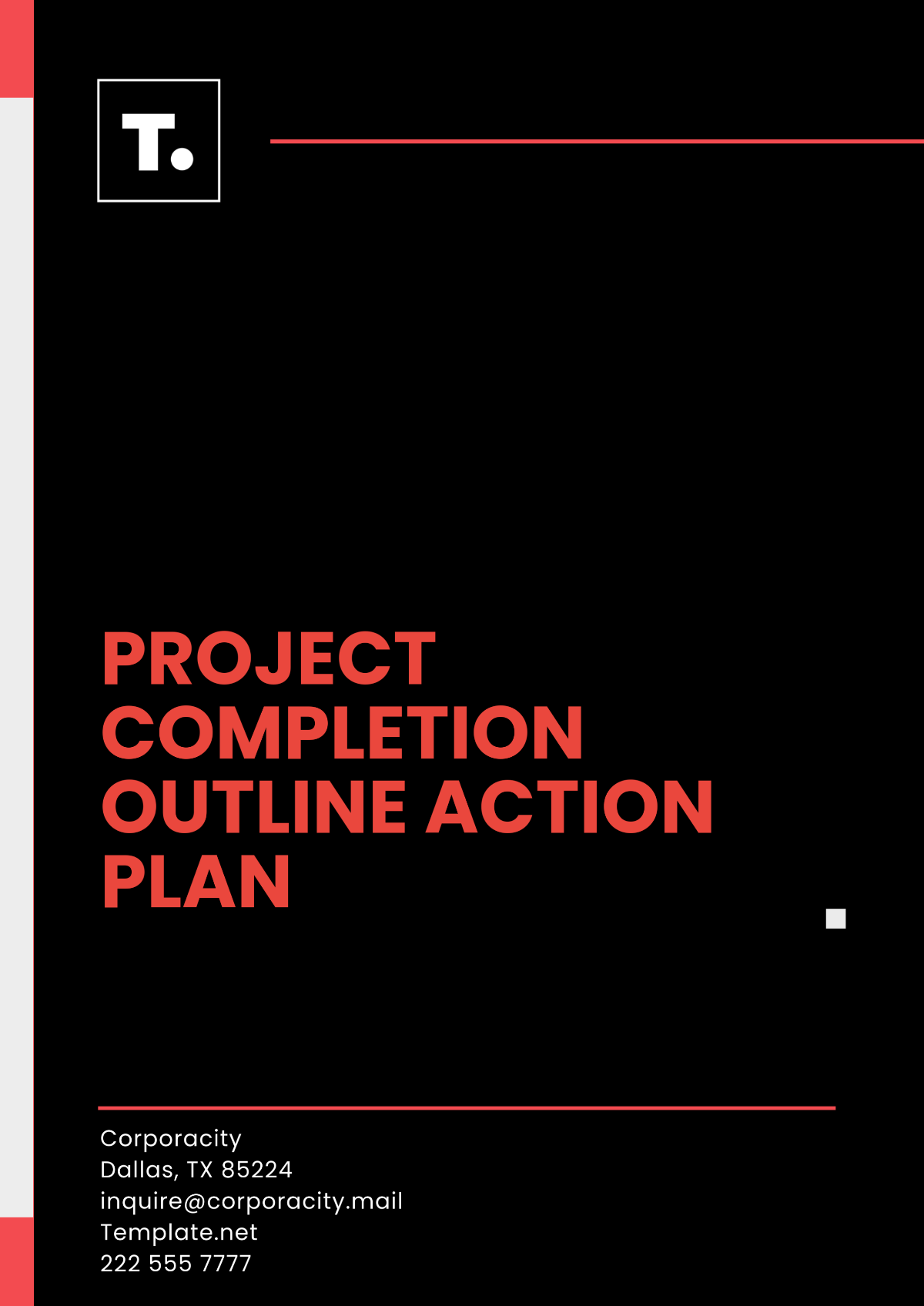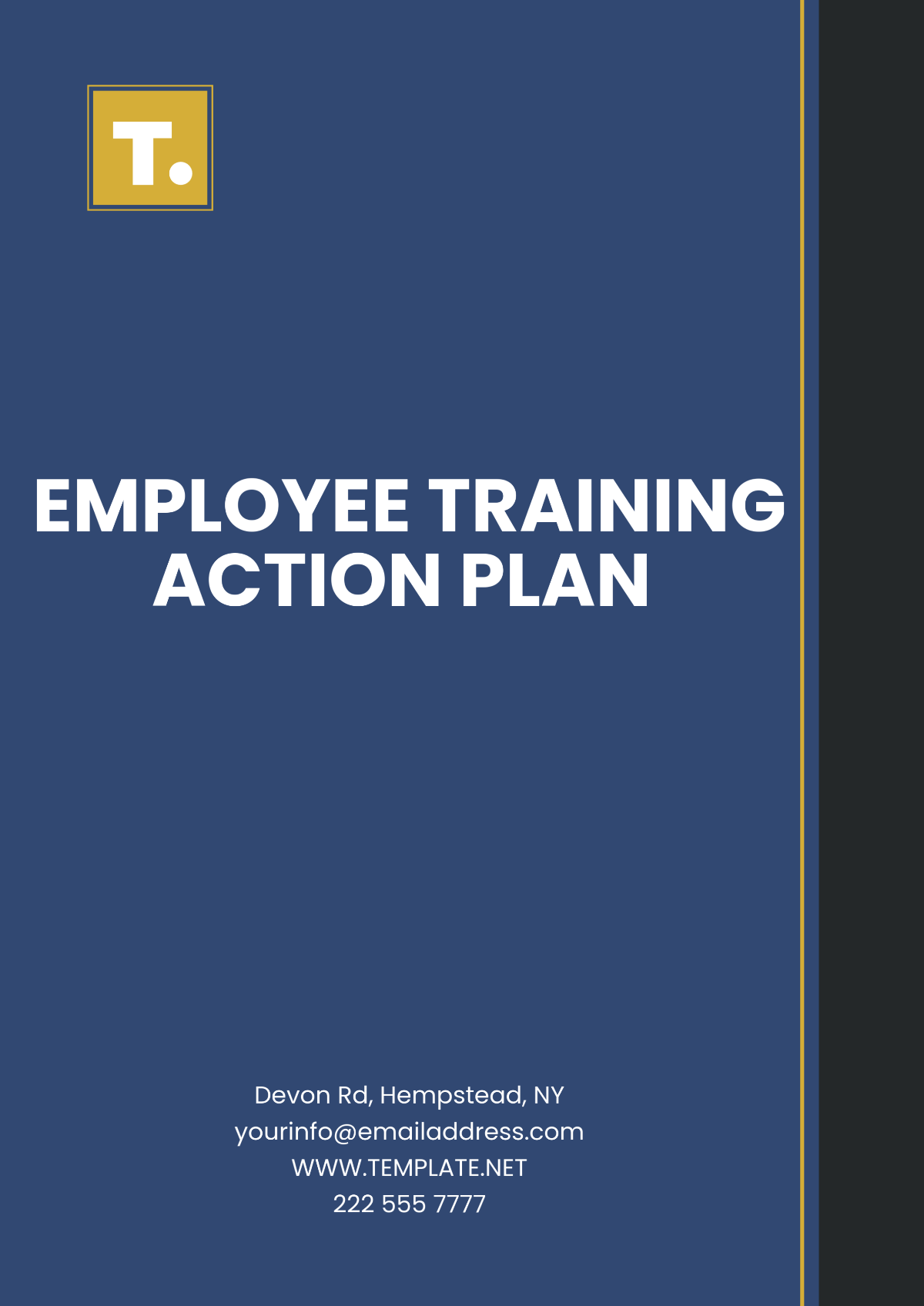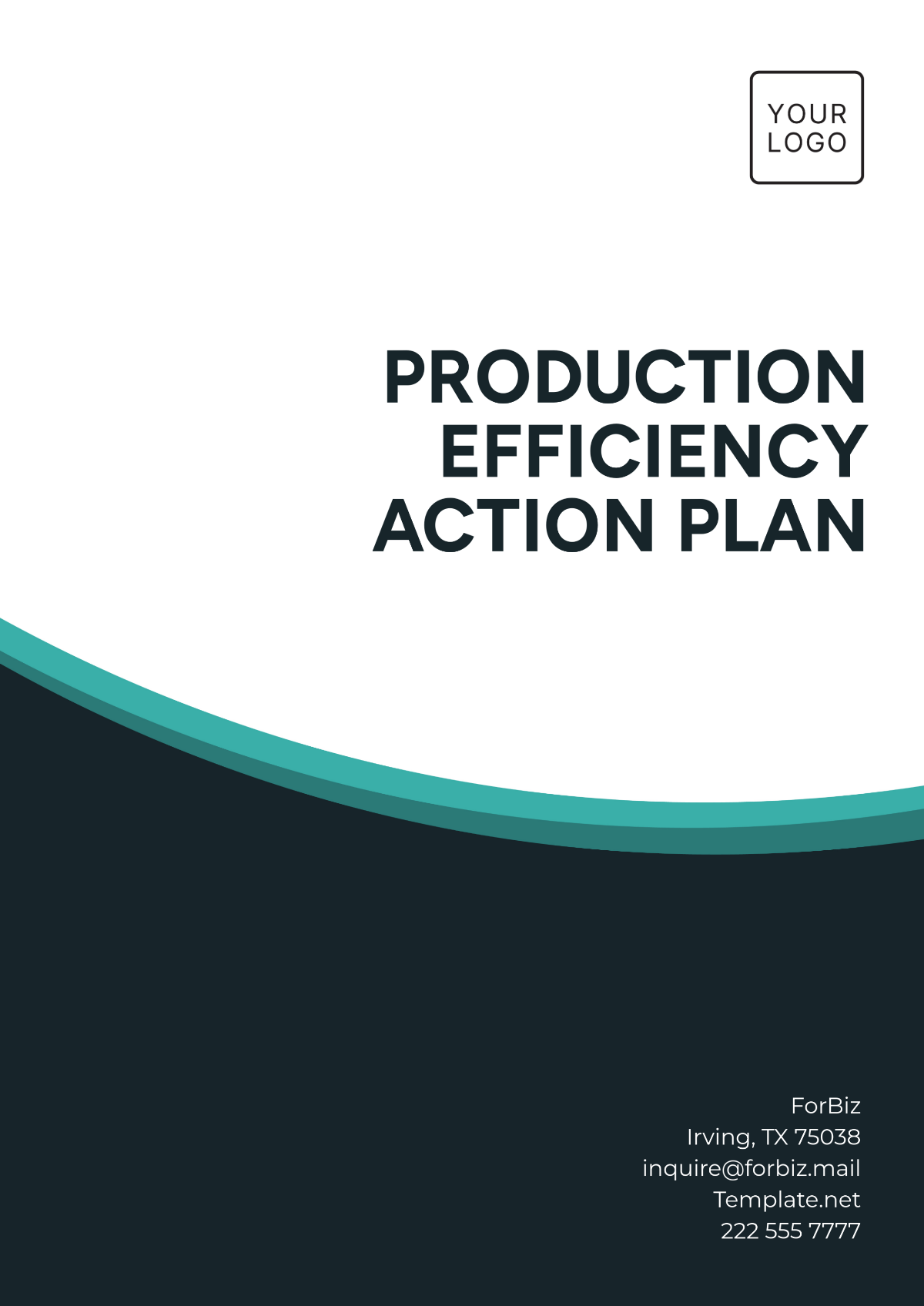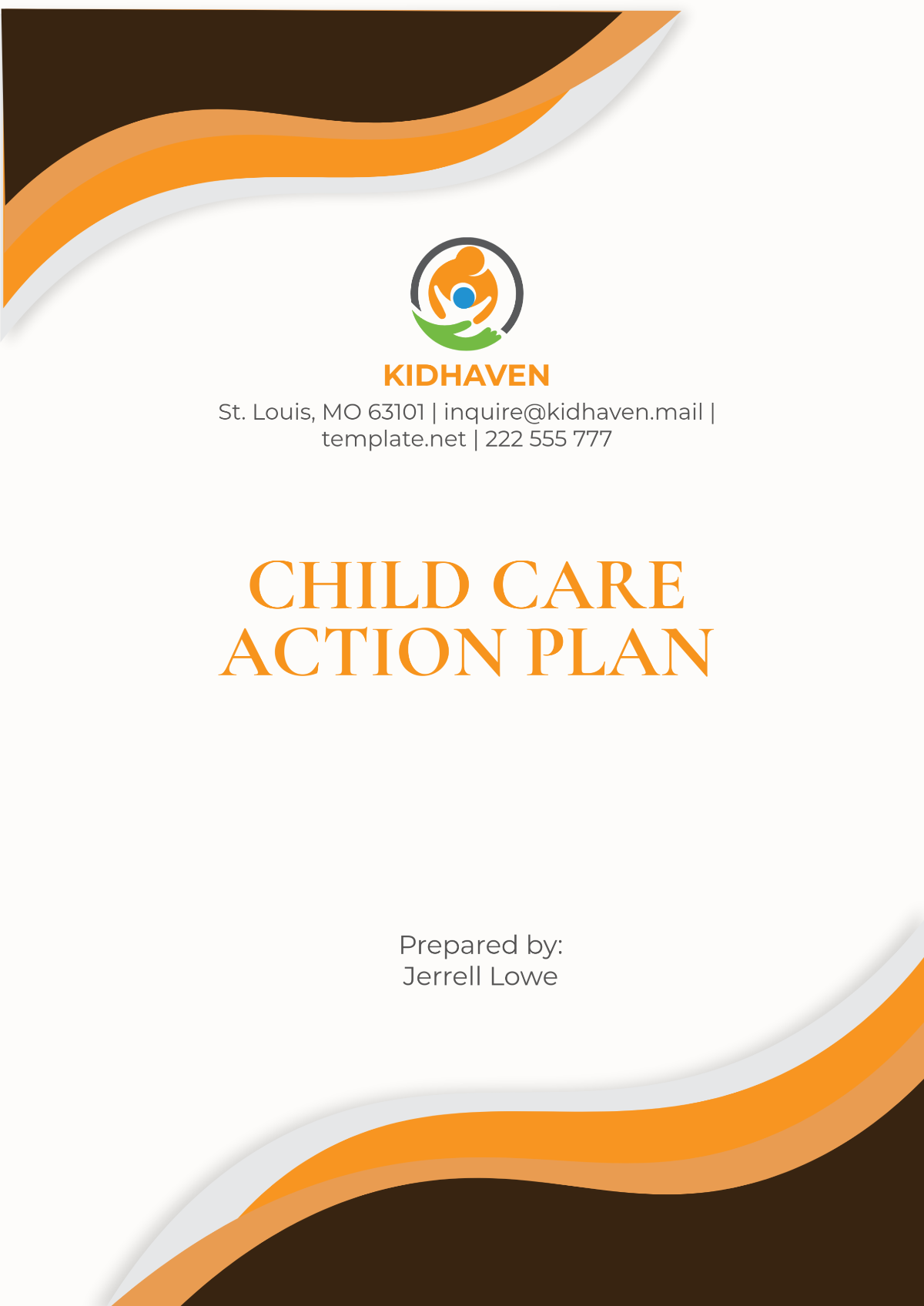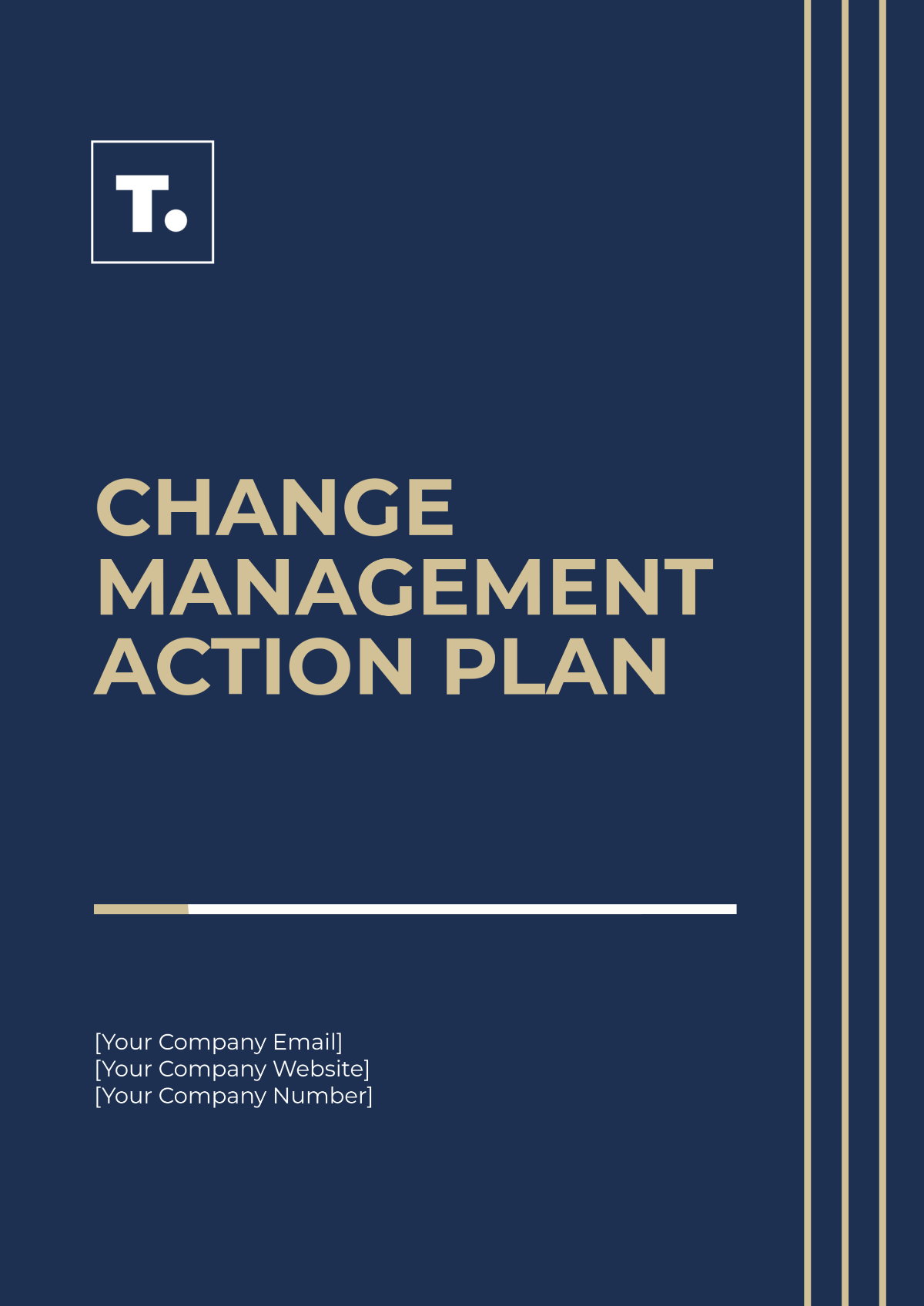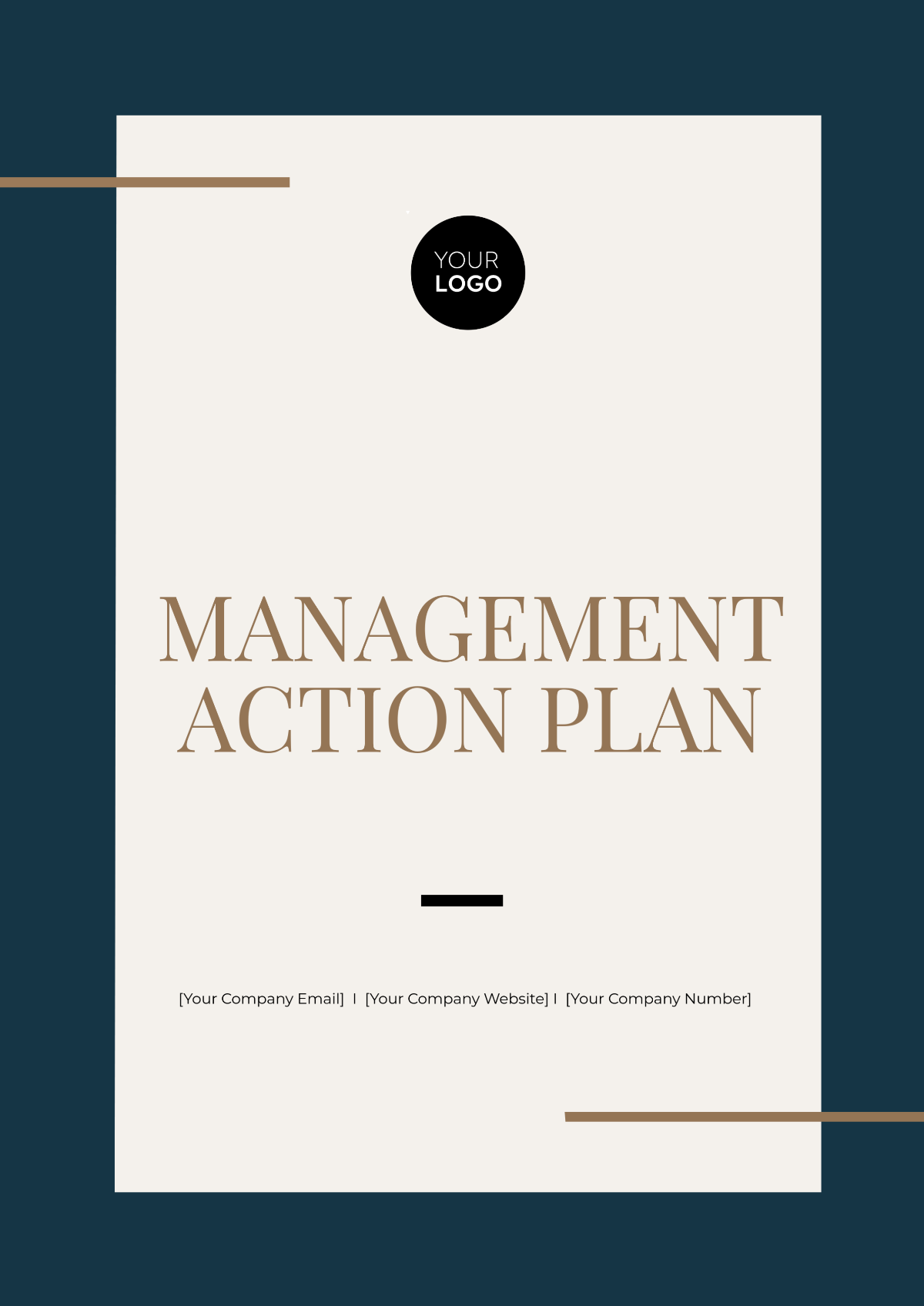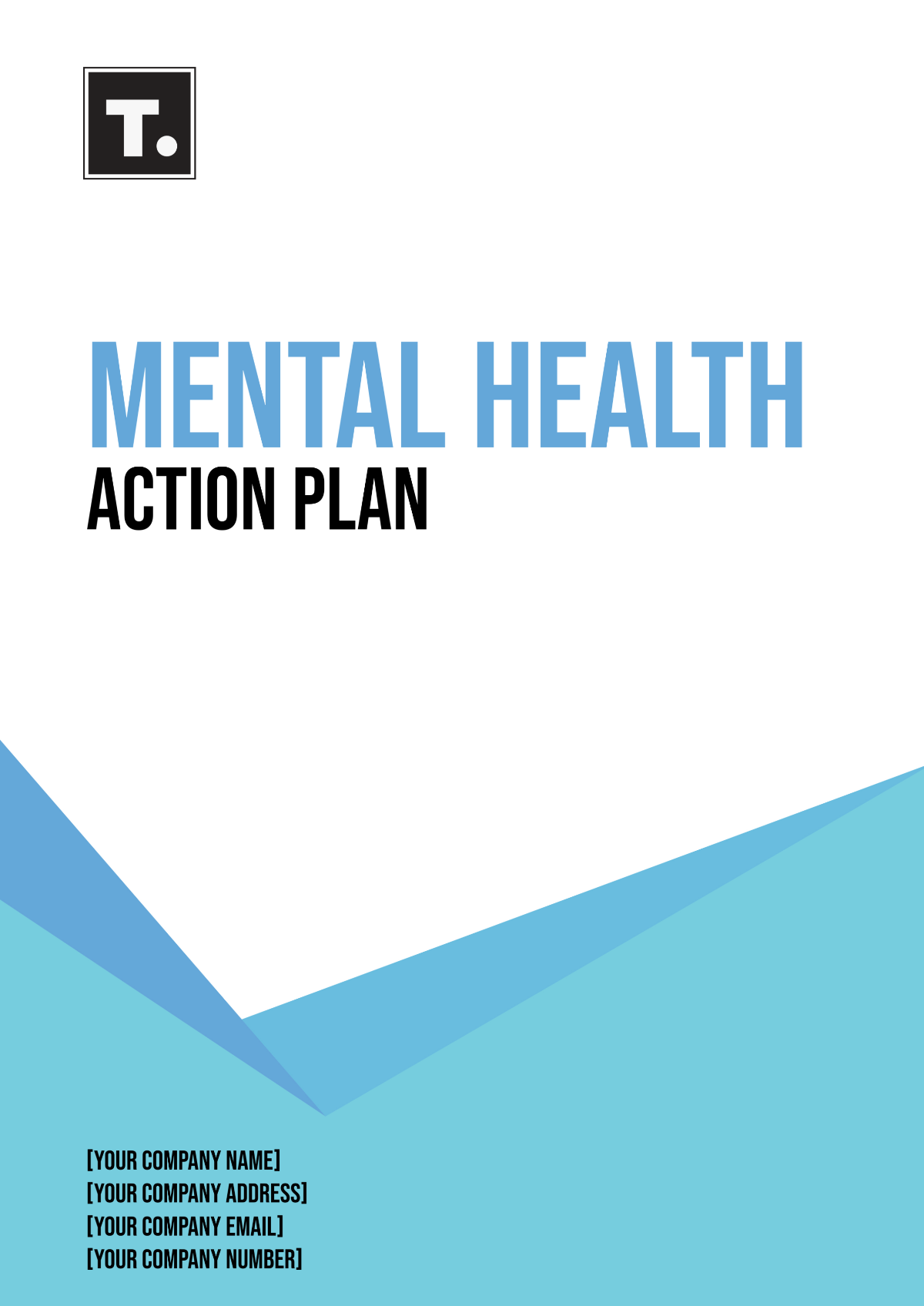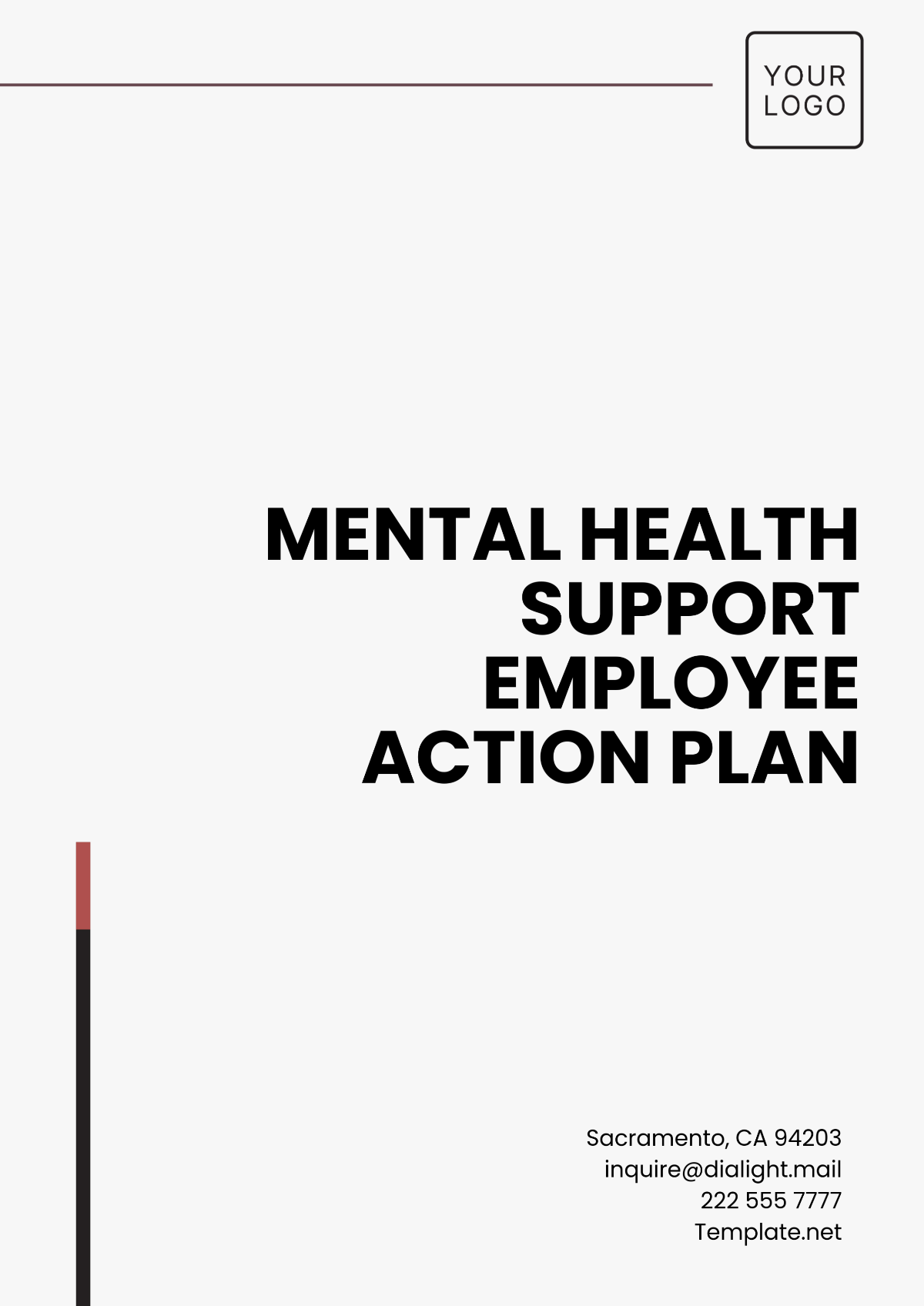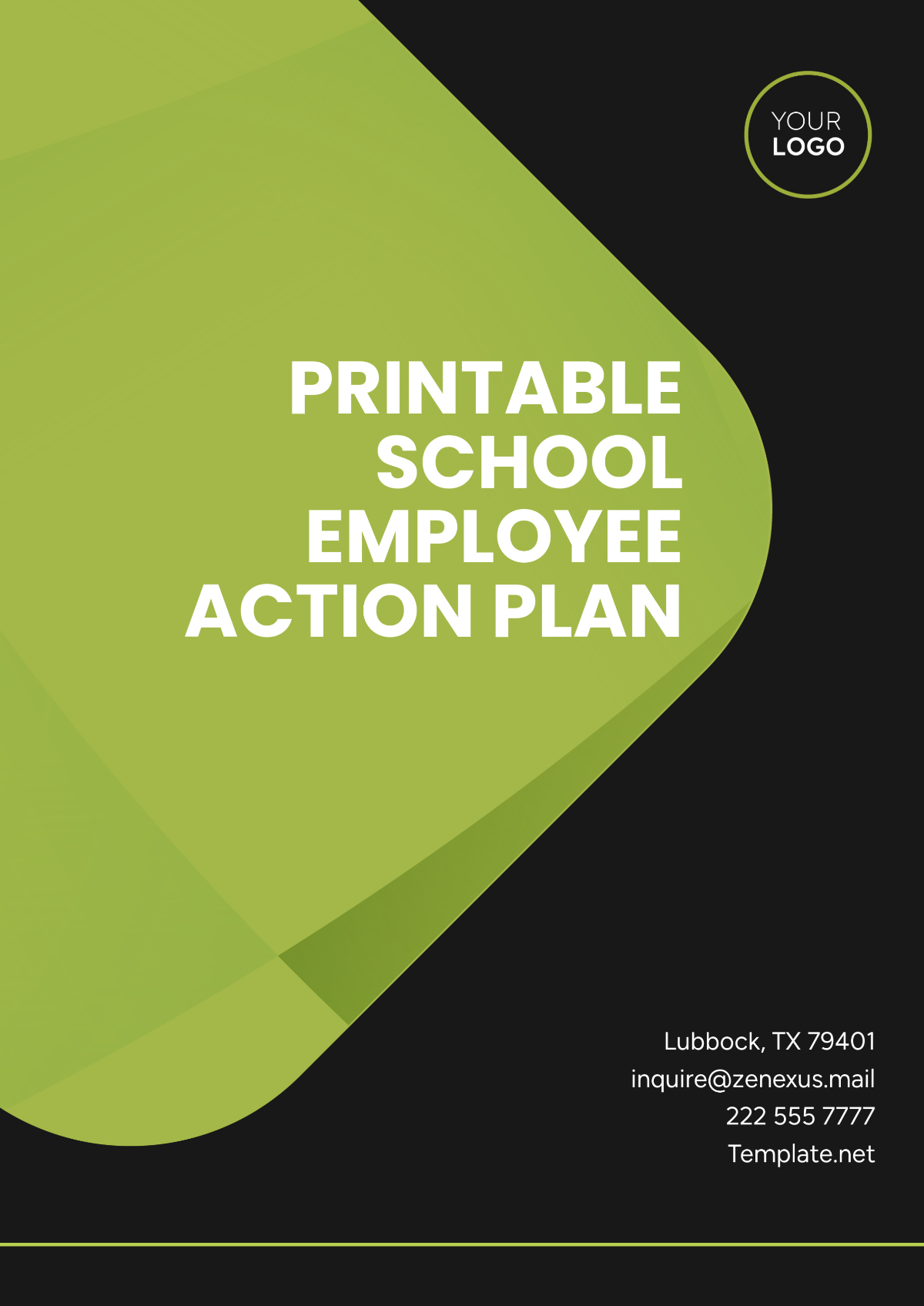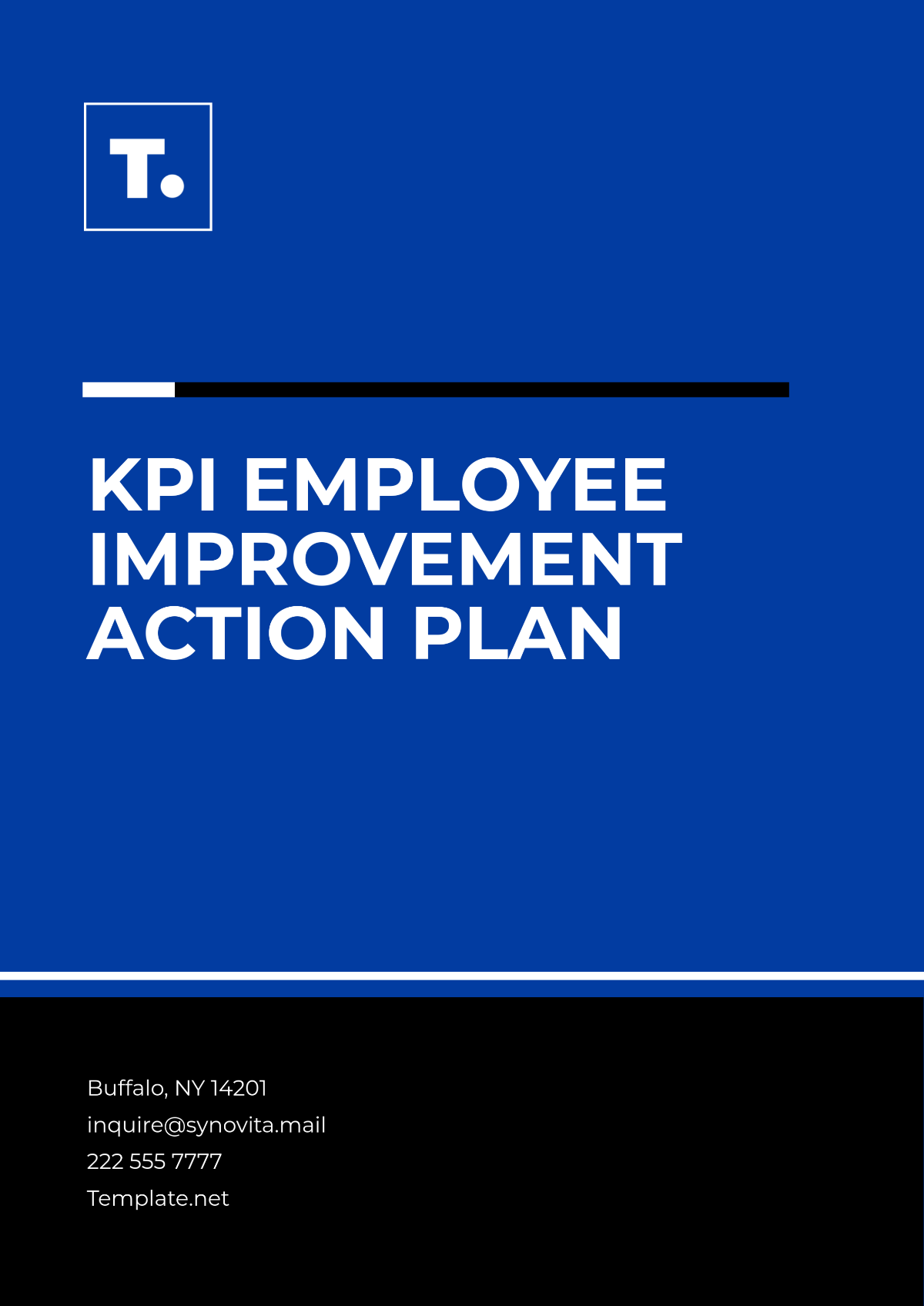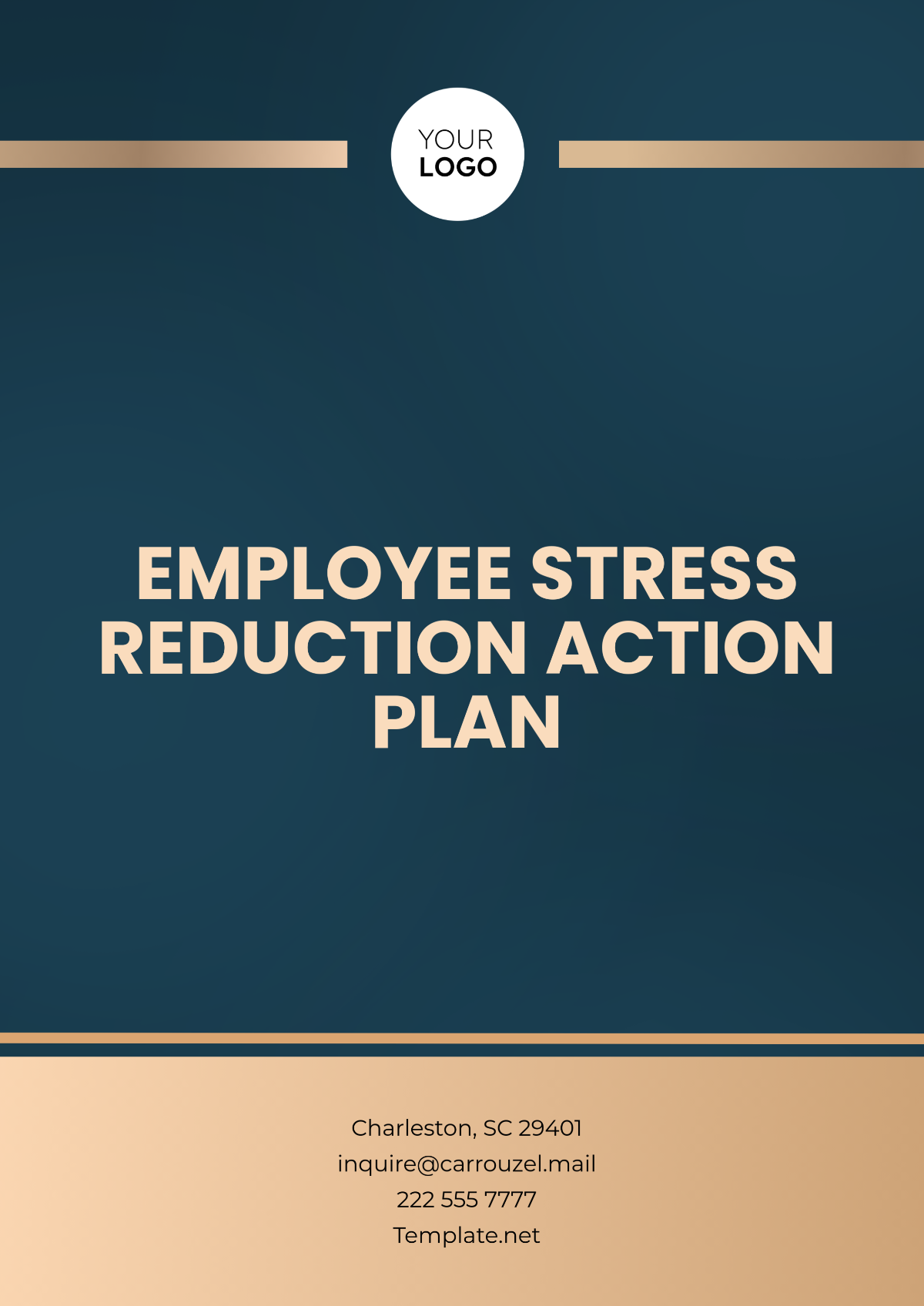School Project Strategy
I. Introduction
A comprehensive School Project Strategy is essential for planning, implementing, and evaluating educational projects effectively. This strategy provides a structured approach to managing projects, ensuring they align with the school’s mission and vision, and contribute to the overall educational goals. This document outlines the key components of the project strategy, including objectives, planning, execution, monitoring, and evaluation processes.
II. Objectives of the School Project Strategy
Setting clear objectives is crucial for the success of any project. These objectives guide the planning and execution phases, ensuring that all efforts are aligned with the school’s strategic goals. The objectives of the School Project Strategy at [Your Company Name] encompass a broad spectrum of aims, each critical to fostering an environment conducive to educational excellence and holistic student development.
A. Enhance Student Learning
Objective: To improve the quality of education and student learning outcomes through innovative projects.
Key Components:
Curriculum Development: Projects aimed at developing and enhancing the curriculum.
Innovative Teaching Methods: Implementing new teaching methodologies such as project-based learning, flipped classrooms, and blended learning to make lessons more engaging and effective.
Curriculum Reviews: Regularly reviewing and updating the curriculum to ensure it meets the latest educational standards and incorporates new knowledge and technologies.
Technology Integration: Incorporating new technologies to support teaching and learning.
Digital Classrooms: Equipping classrooms with interactive whiteboards, tablets, and other digital tools to facilitate a modern learning experience.
E-Learning Platforms: Developing or adopting e-learning platforms that provide students with access to a wide range of resources and learning materials anytime, anywhere.
Extracurricular Activities: Expanding opportunities for students to engage in extracurricular activities that complement their academic learning.
Diverse Programs: Offering a variety of extracurricular programs, including sports, arts, music, and clubs, to cater to different interests and talents.
Skill Development: Focusing on the development of soft skills such as teamwork, leadership, and time management through participation in extracurricular activities.
B. Improve School Infrastructure
Objective: To upgrade and maintain the school’s physical infrastructure to provide a safe and conducive learning environment.
Key Components:
Facility Upgrades: Projects focused on renovating and upgrading classrooms, labs, and other facilities.
Modern Classrooms: Renovating classrooms to create flexible learning spaces that can adapt to different teaching methods and student needs.
Science and Computer Labs: Upgrading science and computer labs with the latest equipment and technology to enhance hands-on learning experiences.
Safety Enhancements: Implementing safety measures such as fire alarms, CCTV, and secure entry systems.
Emergency Preparedness: Installing comprehensive emergency response systems, including fire alarms, sprinkler systems, and first aid kits, to ensure the safety of students and staff.
Security Systems: Enhancing school security with CCTV cameras, secure entry systems, and regular safety drills to create a safe and secure environment.
Accessibility Improvements: Ensuring that the school is accessible to all students, including those with disabilities.
Physical Accessibility: Installing ramps, elevators, and accessible restrooms to accommodate students with physical disabilities.
Inclusive Design: Adopting inclusive design principles in all new construction and renovation projects to ensure accessibility for all students.
C. Foster Community Engagement
Objective: To strengthen the relationship between the school and the wider community through collaborative projects.
Key Components:
Community Service Projects: Encouraging students to participate in community service and outreach programs.
Service Learning: Integrating community service into the curriculum through service-learning projects that combine academic learning with community service.
Volunteer Programs: Organizing volunteer programs that allow students to contribute to community initiatives and develop a sense of social responsibility.
Parent and Alumni Engagement: Involving parents and alumni in school activities and decision-making processes.
Parent-Teacher Associations: Establishing active parent-teacher associations that facilitate communication and collaboration between parents and school staff.
Alumni Networks: Creating strong alumni networks that provide mentorship and support to current students and help foster a sense of school pride and community.
Partnerships: Building partnerships with local businesses and organizations to support school projects and initiatives.
Collaborative Projects: Partnering with local businesses and organizations on projects that benefit both the school and the community.
Resource Sharing: Leveraging community resources to enhance educational opportunities for students.
D. Support Professional Development
Objective: To provide continuous professional development opportunities for teachers and staff.
Key Components:
Training Programs: Organizing workshops and training sessions for staff.
Professional Development Workshops: Offering regular workshops on topics such as curriculum development, classroom management, and new teaching technologies.
External Training Opportunities: Providing opportunities for staff to attend external conferences and training sessions to stay updated with the latest educational trends and practices.
Professional Learning Communities: Creating networks for teachers to share best practices and collaborate on projects.
Collaborative Learning: Establishing professional learning communities where teachers can collaborate, share experiences, and learn from each other.
Mentorship Programs: Pairing experienced teachers with new staff members to provide guidance and support.
Mentorship Programs: Pairing experienced teachers with new staff members to provide guidance and support.
Peer Mentoring: Implementing peer mentoring programs that foster a supportive and collaborative teaching environment.
Leadership Development: Offering leadership development programs to help teachers take on leadership roles within the school.
III. Project Planning
Effective planning is the foundation of successful project management. This section outlines the steps involved in planning school projects, including defining the scope, setting timelines, and allocating resources. Proper planning ensures that projects are well-organized, feasible, and aligned with the school’s objectives.
A. Defining Project Scope
Objective: To clearly define the goals, deliverables, and boundaries of the project.
Key Components:
Project Goals: Specific objectives the project aims to achieve.
Educational Outcomes: Clearly defining the educational outcomes the project aims to achieve, such as improved student performance or enhanced teaching methods.
Project Impact: Identifying the broader impact of the project on the school community, such as increased engagement or improved facilities.
Deliverables: Tangible outputs and outcomes of the project.
Project Outputs: Listing all tangible outputs, such as new curriculum materials, upgraded facilities, or implemented technologies.
Project Milestones: Defining key milestones that mark significant progress points in the project.
Boundaries: Constraints and limitations within which the project must be executed.
Time Constraints: Setting realistic timelines and deadlines for project completion.
Resource Limitations: Identifying any limitations in resources, such as budget constraints or staffing limitations.
B. Setting Timelines
Objective: To establish a realistic timeline for project completion, including key milestones and deadlines.
Key Components:
Project Phases: Breaking down the project into manageable phases.
Phase Planning: Dividing the project into distinct phases, such as planning, implementation, and evaluation.
Sequential Tasks: Organizing tasks sequentially to ensure a logical progression of activities.
Milestones: Key points in the project timeline that signify progress.
Intermediate Goals: Setting intermediate goals to track progress and maintain momentum.
Critical Deadlines: Identifying critical deadlines that must be met to ensure project success.
Deadlines: Final dates for the completion of each phase and the overall project.
Completion Dates: Establishing firm completion dates for each phase of the project.
Buffer Time: Incorporating buffer time to accommodate any unforeseen delays or challenges.
C. Resource Allocation
Objective: To allocate the necessary resources, including budget, personnel, and materials, to ensure project success.
Key Components:
Budget: Detailed budget outlining all expected costs.
Cost Estimation: Estimating all project costs, including materials, labor, and overhead.
Budget Approval: Securing approval for the project budget from relevant authorities.
Personnel: Assignment of roles and responsibilities to staff members.
Role Assignment: Assigning specific roles and responsibilities to team members based on their skills and expertise.
Team Coordination: Ensuring effective coordination among team members to facilitate collaboration.
Materials: Identification and procurement of necessary materials and equipment.
Resource List: Compiling a comprehensive list of all materials and equipment needed for the project.
Procurement Process: Establishing a procurement process to ensure timely acquisition of necessary resources.
Project Phase | Responsible Party | Timeline | Budget Allocation |
|---|---|---|---|
Initial Planning | Project Manager | 1 month | $5,000 |
Curriculum Development | Academic Coordinator | 3 months | $15,000 |
Technology Integration | IT Department | 2 months | $20,000 |
Facility Upgrades | Facilities Manager | 6 months | $50,000 |
Community Engagement | Community Liaison | Ongoing | $10,000 |
IV. Project Execution
Execution involves putting the project plan into action and managing the day-to-day activities to ensure the project stays on track. This phase is critical for translating the planning efforts into tangible results. Effective execution requires diligent task management, clear communication, and proactive risk management.
A. Task Management
Objective: To assign and manage tasks effectively to ensure timely completion.
Key Components:
Task Assignment: Allocating specific tasks to team members based on their skills and expertise.
Skill Matching: Matching tasks to team members’ skills and expertise to ensure efficiency and quality.
Responsibility Allocation: Clearly defining each team member’s responsibilities to avoid overlap and confusion.
Task Tracking: Monitoring the progress of each task to ensure deadlines are met.
Progress Updates: Regularly updating the status of tasks to track progress and identify any delays.
Task Dependencies: Managing task dependencies to ensure that interrelated tasks progress smoothly.
Adjustments: Making necessary adjustments to tasks and timelines as the project progresses.
Flexible Planning: Being prepared to adjust plans and timelines in response to unforeseen challenges.
Continuous Improvement: Continuously improving task management processes based on feedback and lessons learned.
B. Communication Plan
Objective: To establish clear communication channels to keep all stakeholders informed and engaged.
Key Components:
Regular Updates: Providing regular updates to stakeholders on project progress.
Status Reports: Preparing and distributing regular status reports to keep stakeholders informed.
Progress Meetings: Holding regular progress meetings to discuss updates and address any issues.
Meetings: Scheduling regular meetings to discuss progress, challenges, and next steps.
Team Meetings: Holding regular team meetings to ensure alignment and collaboration.
Stakeholder Meetings: Organizing stakeholder meetings to gather input and provide updates.
Reporting: Preparing and distributing detailed project reports.
Interim Reports: Providing interim reports to track progress and identify any issues early.
Final Report: Preparing a comprehensive final report to summarize the project’s achievements and outcomes.
C. Risk Management
Objective: To identify and mitigate potential risks that could impact the project.
Key Components:
Risk Identification: Identifying potential risks and their impact on the project.
Risk Analysis: Conducting a thorough analysis to identify potential risks and their impact.
Risk Register: Maintaining a risk register to track identified risks and their mitigation strategies.
Risk Assessment: Evaluating the likelihood and severity of each risk.
Probability Assessment: Assessing the probability of each risk occurring.
Impact Assessment: Evaluating the potential impact of each risk on the project.
Risk Mitigation: Developing strategies to mitigate or avoid risks.
Preventive Measures: Implementing preventive measures to reduce the likelihood of risks occurring.
Contingency Plans: Developing contingency plans to manage risks that do occur.
Risk | Likelihood | Impact | Mitigation Strategy |
|---|---|---|---|
Budget Overrun | Medium | High | Regular budget reviews and adjustments |
Delays in Delivery | High | Medium | Buffer time in schedule |
Resource Shortage | Low | High | Pre-allocate resources and backup plans |
V. Monitoring and Evaluation
Monitoring and evaluation are critical for ensuring that the project stays on track and achieves its objectives. This section outlines the methods for tracking progress and evaluating project outcomes.
A. Monitoring Progress
Objective: To continuously monitor project activities and ensure alignment with the project plan.
Key Components:
Performance Metrics: Establishing metrics to measure progress and performance.
Regular Reviews: Conducting regular reviews to assess progress and make necessary adjustments.
Feedback Mechanisms: Collecting feedback from stakeholders to identify areas for improvement.
B. Evaluating Outcomes
Objective: To evaluate the success of the project and its impact on the school.
Key Components:
Outcome Measurement: Measuring the outcomes against the project objectives.
Impact Assessment: Assessing the overall impact of the project on the school community.
Lessons Learned: Documenting lessons learned and best practices for future projects.
Performance Metric | Target Value | Actual Value | Status |
|---|---|---|---|
Completion Rate | 100% | 95% | On Track |
Budget Adherence | $100,000 | $98,000 | On Track |
Stakeholder Satisfaction | 90% | 85% | Improvement Needed |
C. Reporting and Documentation
Objective: To document the project process and results comprehensively for future reference.
Key Components:
Final Report: Preparing a detailed final report summarizing the project process, outcomes, and recommendations.
Project Documentation: Maintaining comprehensive documentation of all project activities, decisions, and changes.
Dissemination: Sharing the final report and key findings with stakeholders.
VI. Continuous Improvement
Continuous improvement involves using the insights gained from monitoring and evaluation to enhance future projects.
A. Feedback Loop
Objective: To create a feedback loop that incorporates lessons learned into future projects.
Key Components:
Stakeholder Feedback: Regularly collecting feedback from stakeholders to inform future projects.
Project Reviews: Conducting thorough reviews of completed projects to identify areas for improvement.
Implementation of Changes: Applying the lessons learned to improve project planning and execution.
B. Professional Development
Objective: To ensure that staff members have the skills and knowledge needed to implement successful projects.
Key Components:
Training Programs: Offering training programs based on the skills needed for successful project management.
Workshops and Seminars: Organizing workshops and seminars to discuss best practices and new trends in project management.
Continuous Learning: Encouraging a culture of continuous learning and professional development.
Training Program | Frequency | Target Audience | Responsible Party |
|---|---|---|---|
Project Management Basics | Quarterly | All Staff | HR Department |
Advanced Project Planning | Bi-Annual | Project Managers | Academic Coordinator |
Technology Integration | Monthly | Teaching Staff | IT Department |
C. Strategic Planning
Objective: To integrate continuous improvement into the school’s strategic planning process.
Key Components:
Alignment with Goals: Ensuring that continuous improvement initiatives align with the school’s strategic goals.
Resource Allocation: Allocating resources to support continuous improvement initiatives.
Evaluation: Regularly evaluating the effectiveness of continuous improvement initiatives and making necessary adjustments.
VII. Conclusion
A comprehensive School Project Strategy is essential for planning, implementing, and evaluating projects effectively. By setting clear objectives, planning thoroughly, executing efficiently, monitoring progress, and continuously improving, [Your Company Name] can ensure the success of its projects and contribute to the overall educational goals. This strategy provides a structured approach that can be adapted to various types of projects, ensuring that all efforts are aligned with the school’s mission and vision.
For any questions or further information, please contact [Your Name] at [Your Email] or [Your Company Number].
